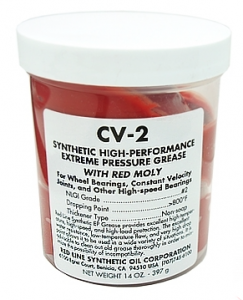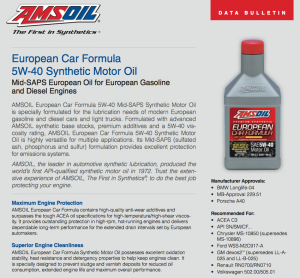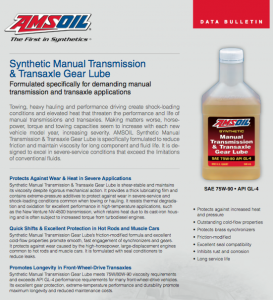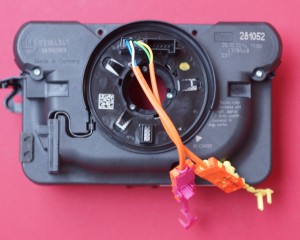Well it would appear that the electrical gremlins have reappeared; the moment the car pulled out of the pit garage at Snetterton at the last track day!
With previous checks on the other electrical units carried out, the next logical place to look had to be the instrument pack, as this was still playing up. Vauxhall charge a retail price of £346 + VAT for a brand new instrument cluster. Having done yet more research it appears that a fault of some sort within the instrument cluster can cause the issues that have been experiencing.
Common faults with instrument clusters can manifest themselves as follows:
- Background illumination failure.
- LCD has pixels missing or is completely blank.
- Warning lights flickering or dim.
- Gauges flicker till vehicle warm.
- Intermittently vehicle does not start.
- Intermittent loss of power to the complete instrument cluster.
- Complete power failure to instrument cluster.
Now whilst I do not have all of the symptoms, certainly six of the above faults have been evident.
Removing the instrument cluster is pretty straight forward, once the upper and lower cowls are lifted clear the instrument cluster is held in place by 2 x T20 torx screws accessible at the bottom of the cluster; one each side. The cluster can then be removed from the bottom and once the multi plug is removed the cluster can be carefully lifted clear.
The cluster was then sent away for inspection and specialist repair. It was confirmed that there were a couple of issues with the circuit board(s), so these were repaired and the unit returned in a couple of weeks ready to fit, complete with a 2 year warranty on the repair work that had been carried out.
Fitting and programming the instruments (IPC) back into the car the expected result was ‘instrument panel functioning normally.’ Sadly this was not the case and the instrument needles dropped out as soon as the engine was started and the lights flickered!
So back to square one almost, and start again.
Thinking there was still an issue with the repaired instrument pack (IPC) the repaired cluster was then tried in another car; a car which had no other known issues. The repaired cluster functioned perfectly. So there was clearly no issue with the repaired IPC.
So another known working instrument cluster from another car was tried, but this played up as soon as it had been programmed and the car started. So the problem was clearly somewhere in the car.
The DTC’s remaining at this point were now just three:
U2100 IPC No Communication CANBUS Low Speed.
U2140 REC CANBUS No Communication with IPC
U2116 REC CANBUS No Communication with UEC
which was an improvement from when this first began as every conceivable DTC was present indicating lack of communication between everything electrical! UEC, REC, IPC, CIM…..
Looking at the DTC’s it suggested an issue in the REC.
Time to recheck the other electrical control units again……
Unplugged the stereo, just in case it was causing an issue. No change.
Try another known good headlight switch, because in the past the lights had been coming on randomly. No change.
A known good Rear Electrical Centre (REC) fitted and programmed. Still issues with the IPC.
A known good Underhood Electrical Centre (UEC) fitted and programmed. Still issues with the IPC.
The UEC that was tried had no fuses or relays in it, these had to be swapped across from the existing unit, so in case the issue was with one of these items another known working UEC was swapped across. All the pins and terminals were cleaned with electrical contact cleaner, and a coat of Ultra2040 water repellant (just in case) applied to the terminals in the wiring loom. Again no change, IPC still playing up.
REC multi plugs removed and cleaned with contact cleaner and refitted. No change.
So time to start checking earths……
Checked the 3 earth points next to the UEC. No change.
Removed the REC (again!), to gain access to an earth point behind the L/H/S quarter panel trim. The retaining nut unscrewed by hand….. so it was removed and the earth point and the retaining nut were cleaned with some 800 grit paper. The two earth wires were refitted and secured by the retaining nut.
Battery reconnected and engine started….. IPC functioning correctly.
So then it was just a case of swapping the REC back to the original one, the UEC back to the original one with the original fuses and relays and finally the IPC. After each individual unit was swapped back the car was started to check no issues had reappeared.
So chasing trouble codes turned out to be a slightly loose earth on the REC.
Note: Each time any electrical unit was removed the battery was disconnected prior to removal to prevent any current surges which could damage any electrics.
Like this:
Like Loading...









